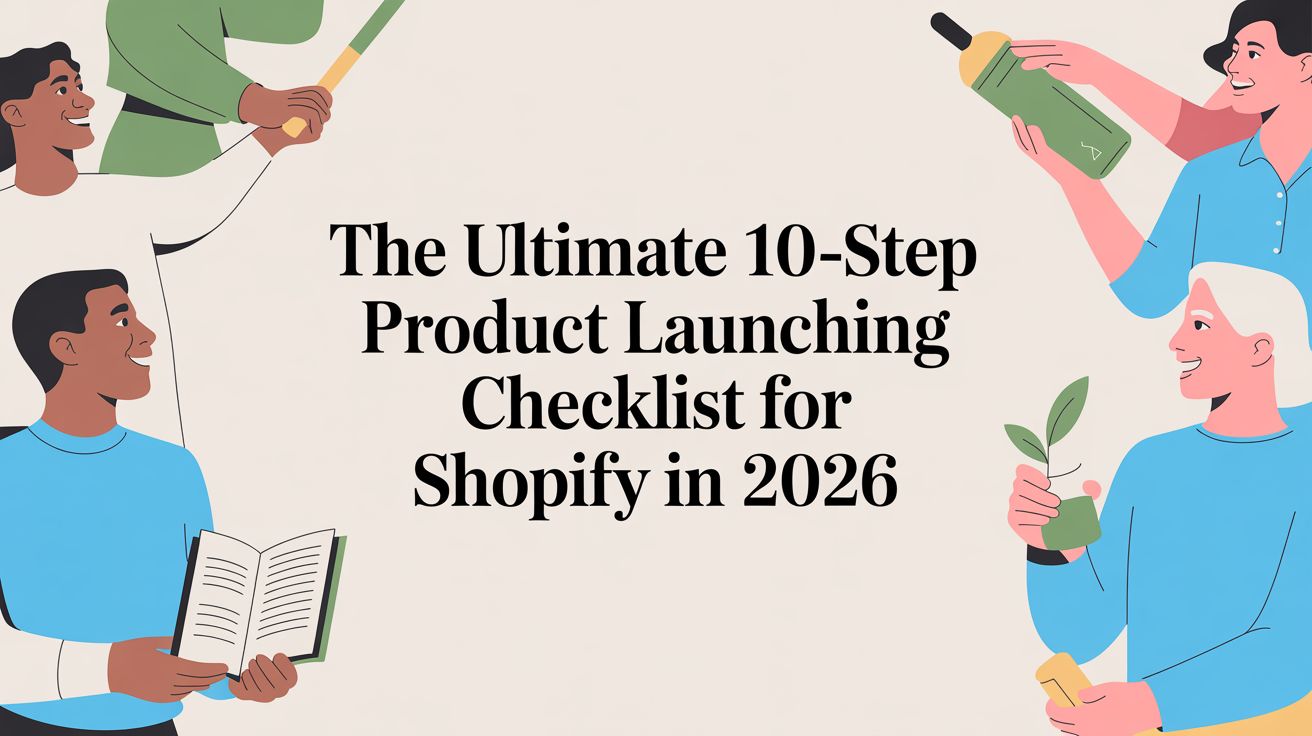
What is ESG marketing?

One deep dive into today’s news, and it isn’t long before word of environmental changes, social reform and frameworks take center stage. The current concept capturing global attention? Environmental, social and corporate governance (ESG) — and it's taking over B2C marketing.
Jason Ten-Pow, Founder and CEO of ONR, a customer experience strategy agency, gave industry insight on how ESG impacts brand marketing and consumer behavior.
The basics of ESG marketing
ESG marketing is the focused messaging on environmental, social and governance issues as it relates to brand strategies. It’s a growing priority for B2C brands.
“Within corporations, and companies at large, we’re noticing that ESG is being led by organizations in two departments: One is HR, and the other is marketing,” Ten-Pow said. “Marketing is taking a very keen focus on ESG efforts. Their goal is to communicate to customers what they’re doing to make the world a better place.”
Why are marketers making an effort to prioritize ESG? Because customers are actively expecting action.
“Customers are looking at brands and wanting to understand how they are working to promote a greener environment and make the world, socially, a better place. In a recent study that we did around ESG, 81 percent of customers agreed that they limit the negative impact that they have on the environment and 91 percent are focused on acting in a socially responsible manner,” said Ten-Pow. “To say that this is entering the consciousness of customers is bang on, because more and more we’re seeing that this is having an impact.”
There are a few things Ten-Pow says are troubling to consumers: the environmental concern over greenhouse gas emissions and the carbon footprint, the usage of sweatshops and distribution of low wages, social justice — the list goes on.
While ESG-related concerns have certainly come into the forefront of modern-day news cycles and brand campaigns recently, they are a result of business practices from years prior.
“It’s almost a response to what we saw in the '80s, and perhaps the '90s: the rise of large corporations that were focused heavily on low prices. But in their pursuit of reducing costs, they took some “shortcuts”… customers started to question if those shortcuts were worth it,” said Ten-Pow.
The build-up of consumer curiosity finally came to a boil following the 2008 recession. According to Fidelity International, “the global financial crisis pushed ESG principles to the forefront, which would not have occurred as rapidly without the catalyst of the crisis.”
Ten-Pow agrees:
“Around 2015-2017 is when [ESG] flooded into the consciousness of the public and they started to pay closer attention [to ESG]. The consumer, more than anything else, is really driving this. Companies and organizations are really just responding to that outcry from various groups, because they know that they have to evolve as customer preferences evolve, as well.”
Benefits
Outside of caring for the environment and those in it, ESG also has benefits for the brands that implement it in their marketing, starting with consumer buying decisions.
“If two companies are selling an identical product at equal price, 80 percent of customers reported that they will buy from the company that spends more to support ESG initiatives,” said Ten-Pow. “The second benefit is that 76 percent of purchasers report that a brand’s ESG position has a significant impact on buying decisions and will continue to impact their decisions two years from now.”
Psychology of customers and ESG
The benefits don’t stop there. ONR’s report also found that 30 percent of customers are willing to pay a price premium for products that align with their values. In other words, customers care a lot about how their decisions reflect back on the world. Doing good makes customers feel good and those emotions are driving forces for consumer behavior.
“Emotions are what drive decision-making. Customers aren’t rational decision makers, they can’t look at every single possible option out there, weigh the pros and cons, calculate the cost versus the benefit and make a decision,” said Ten-Pow. “What they do, rather, is take shortcuts that are generally based on emotion. And one of those emotions is the fact that [they can say], ‘Hey, buying this product makes me feel good. I got something I wanted, but also, I did something good for the world around me.’ ”
Takeaways
With ESG being a relatively new marketing practice, marketers have very little to go off on when trying to decide what strategies would work best for their brand. The solution,Ten-Pow offers, is to hone in on the basics of their target audience.
“How do you measure a brand’s level of ESG? There’s nothing out there right now…this is very much qualitative in nature, there are no hard numbers,” said Ten-Pow. “So marketers are really left to take a closer look at who their customers are — i.e., the demographics they’re in — and correlate that to what message they want to send to that particular group.”
Ten-Pow warns against brands choosing a trend, like ESG, to leverage as a marketing tool without truly understanding how it will benefit their customers.
“Any time something is considered a new social cause they jump on it. They’re following trends as opposed to picking a territory where they’re going to plant their flag…” said Ten-Pow. “The danger of following the latest trends, is that customers are going to see right through that and see that they don’t have a certain stance, but move with the wind.”
ESG marketing is a cause gaining traction with brands and customers. While there’s still a lot to learn, there’s no doubt ESG will continue to make its mark.

Lindsay Keener is a brand journalist for Quikly. She covers stories that help to inform and educate consumer-facing marketers.

